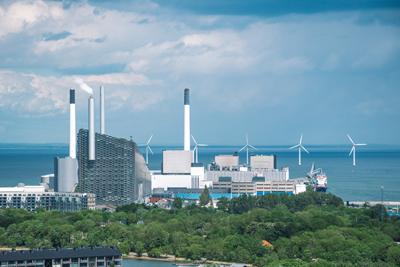Waste-to-Energy (Municipal Solid Waste) Overview How Waste-to-Energy Facilities Operate
Waste-to-energy plants incinerate municipal solid waste (MSW), commonly known as trash or garbage, to generate steam in a boiler. This steam then drives an electric generator turbine to produce power. MSW consists of energy-dense materials like paper, plastics, yard trimmings, and wood-based products. In the U.S., approximately 85% of every 100 pounds of MSW can be combusted to create electricity. These plants reduce 2,000 pounds of waste into ash weighing between 300 and 600 pounds, shrinking the waste volume by roughly 87%.

The predominant waste-to-energy method in the U.S. is the mass-burn system, where unprocessed MSW is incinerated in a large furnace equipped with a boiler and generator to produce electricity. A less widespread approach involves processing MSW to extract noncombustible materials, creating refuse-derived fuel (RDF).
- Garbage trucks unload waste into a large holding pit.
- A massive crane claw lifts the waste and transfers it into a combustion chamber.
- The waste (acting as fuel) is incinerated, producing heat.
- This heat converts water into steam within a boiler.
- The high-pressure steam spins the turbine generator blades, generating electricity.
- An air-pollution control system filters out contaminants from the exhaust gases before they exit through a smokestack.
- Ash is gathered from both the boiler and the air-pollution control system
